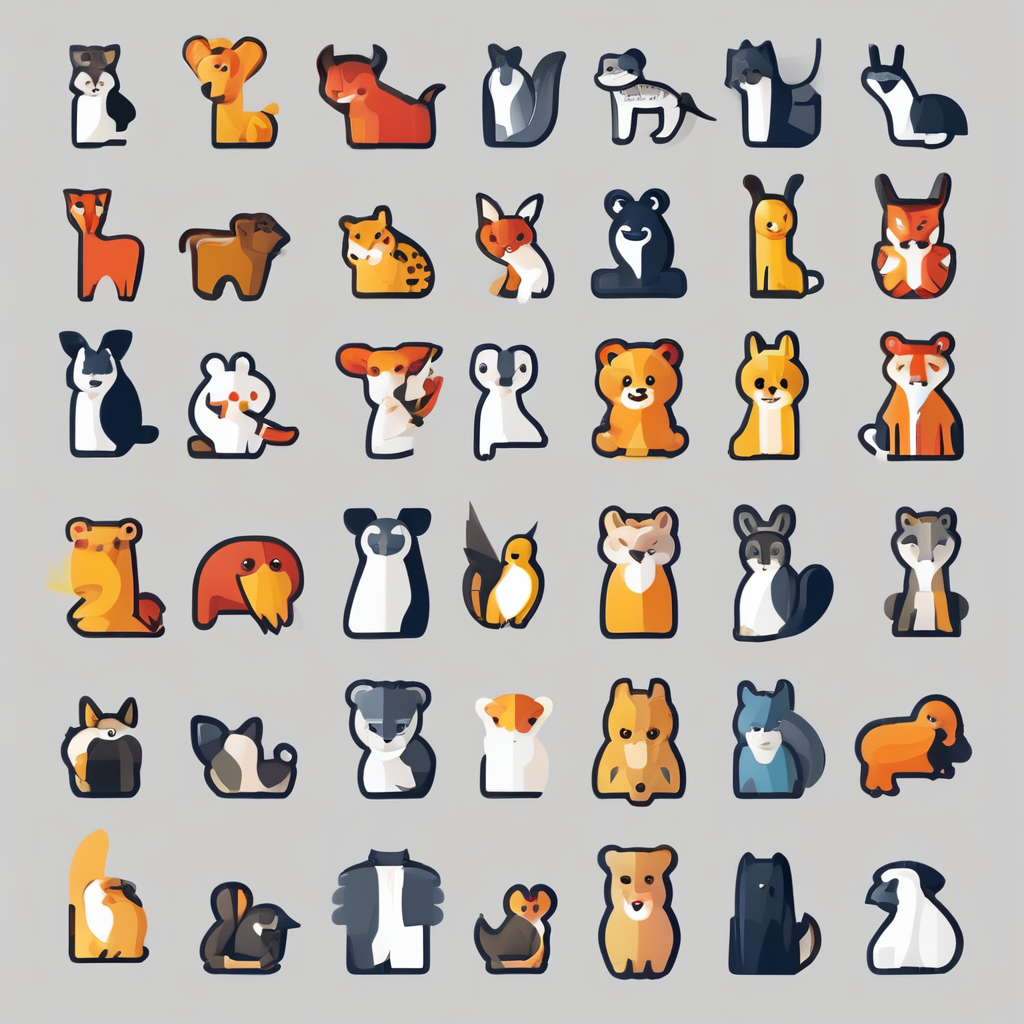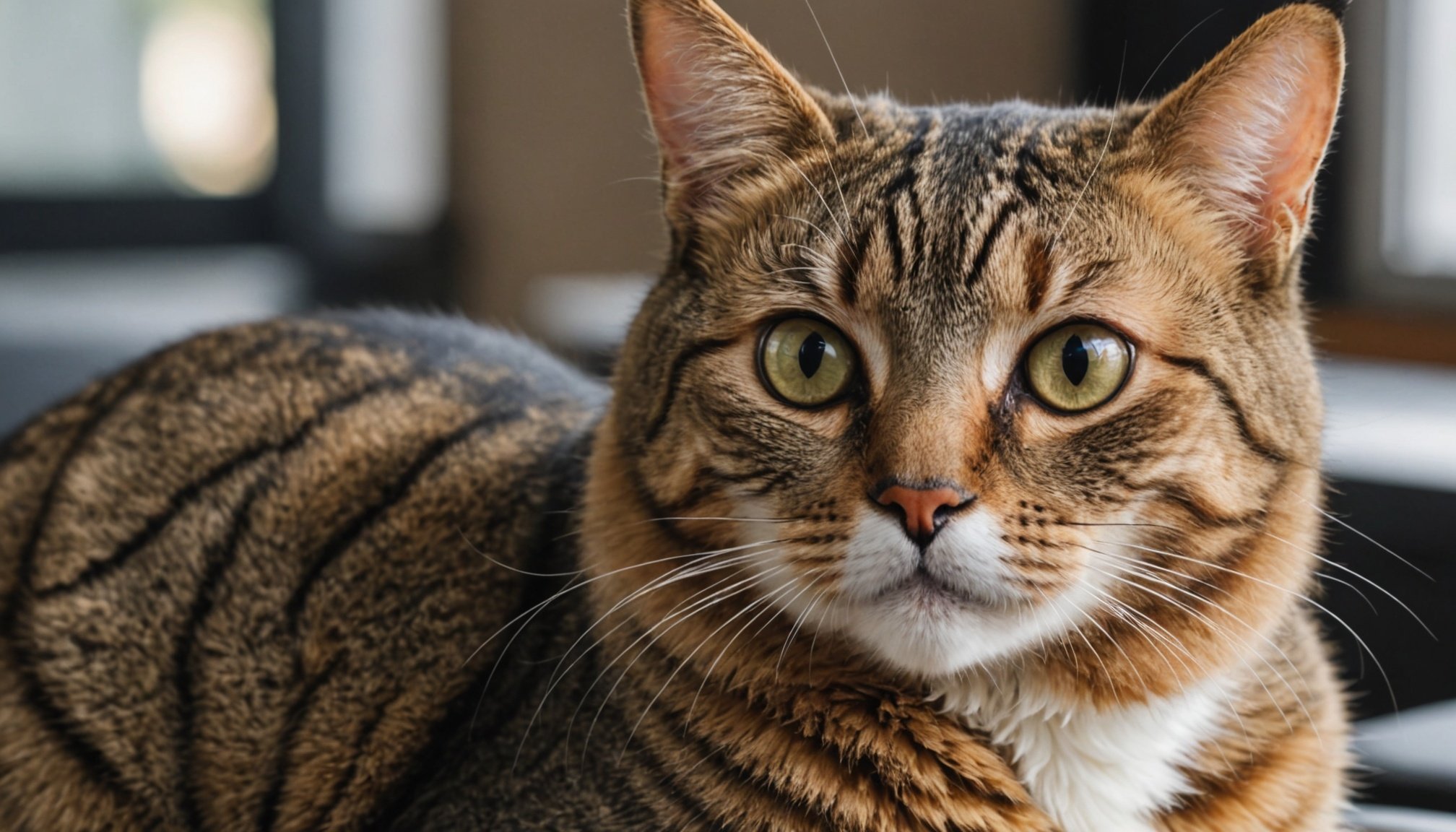As our beloved feline friends age, they may face various health challenges, one of which is feline cognitive dysfunction (FCD). This condition resembles human dementia and can significantly impact a cat’s behavior and quality of life. Understanding how to recognize the signs of FCD is crucial for you as a pet owner, as early identification can lead to more effective management and improved comfort for your cat. In this article, we will explore the symptoms of cognitive dysfunction, the causes behind it, and strategies for managing affected cats.
Understanding Feline Cognitive Dysfunction
Feline cognitive dysfunction is a serious condition that can affect older cats, typically those aged 10 years and above. Just like humans, cats undergo a range of cognitive changes as they age. These changes can impact their memory, learning, and perception of their environment.
Also read : How can I recognize and respond to my cat’s body language?
Cognitive dysfunction is often linked to the natural aging process of the brain. As cats grow older, they may experience a decline in neural function, leading to symptoms that resemble those found in Alzheimer’s disease in humans. This can manifest in various ways, including altered behavior and a shift in their daily routine.
Some common signs include disorientation, disrupted sleep patterns, and changes in social interactions. For example, you might notice your cat getting lost in familiar spaces or becoming less interested in playtime. These behaviors can be distressing for both you and your pet. Understanding these signs is the first step toward providing your cat with the care they need and ensuring their environment remains supportive and loving.
Also to read : What are the signs of over-vaccination in cats, and how can I avoid it?
Common Signs of Cognitive Dysfunction in Cats
Identifying the signs of feline cognitive dysfunction requires keen observation. While some behaviors may seem harmless or typical of aging, they might indicate deeper cognitive issues. Here are some key signs to watch for:
-
Disorientation: An aging cat may appear confused or lost, wandering around aimlessly or staring at walls. They might even forget where their food bowls or litter boxes are located.
-
Changes in Sleep Patterns: Cats are known for their napping habits, but FCD can lead to alterations in these patterns. You might find your cat sleeping more during the day and becoming more active at night, which can disrupt your household routine.
-
Increased Anxiety or Fearfulness: If your once confident cat begins to show signs of anxiety or fear, such as hiding or avoiding interaction, it could be a sign of cognitive decline. This may manifest in vocalizations, particularly at night, as they may feel insecure or disoriented.
-
Altered Social Interactions: Notice if your cat is less interested in companionship or is withdrawing from social activities. They may no longer respond to their name or lose interest in affection, which can be distressing.
-
Changes in Grooming Habits: Cats are generally fastidious groomers, but cognitive dysfunction can lead to neglect of self-care. A cat suffering from FCD may have unkempt fur or develop skin issues due to lack of grooming.
Recognizing these signs early can help you seek veterinary advice promptly. It’s essential to differentiate between normal aging and symptoms of FCD, as some behaviors may overlap.
Causes and Risk Factors of Feline Cognitive Dysfunction
Understanding the underlying causes and risk factors associated with feline cognitive dysfunction can help you better prepare for possible challenges as your cat ages. While the exact causes of FCD remain unclear, several contributing factors have been identified.
One primary factor is the buildup of beta-amyloid plaques in the brain. These plaques can disrupt neural communication and are similar to the changes observed in human Alzheimer’s patients. Environmental factors and genetic predisposition may also play a role. For instance, cats that are less socially engaged or are kept in isolated environments may be at greater risk.
Additionally, certain medical conditions can exacerbate cognitive dysfunction. For example, hyperthyroidism, diabetes, and kidney disease can affect behavior and cognitive function. Regular veterinary check-ups are critical to managing these health issues and monitoring changes in your cat’s behavior.
Moreover, the age at which a cat begins to exhibit cognitive decline can vary. Some breeds may be more susceptible to cognitive dysfunction than others, and individual personality traits can also influence how a cat copes with aging. Being aware of these risk factors can aid you in making informed choices regarding your cat’s lifestyle and care as they grow older.
Management Strategies for Cats with Cognitive Dysfunction
If your cat shows signs of cognitive dysfunction, there are several management strategies you can implement to enhance their quality of life. While there is no cure for FCD, supportive care can significantly help mitigate its effects.
First, maintaining a consistent daily routine is essential. Familiarity can reduce anxiety and confusion for your cat. Try to keep feeding, play, and grooming schedules regular. This consistency can provide a sense of security and stability.
Enrichment activities are also vital. Engage your cat with toys that stimulate their mind, such as puzzle feeders or interactive toys. This can help keep their brain active and may slow cognitive decline. Additionally, consider incorporating short play sessions to encourage physical activity, which is beneficial for overall health.
Moreover, environmental modifications can make a significant difference. Create a safe space where your cat can retreat if they feel overwhelmed. Ensure that their essentials, such as litter boxes and food, are easily accessible and located in familiar areas.
Finally, do not hesitate to consult your veterinarian about options for treatment. Some medications and dietary supplements may help alleviate symptoms of cognitive dysfunction. Supplements rich in Omega-3 fatty acids or antioxidants can support cognitive function and overall health.
Through a combination of routine, mental stimulation, environmental adjustments, and veterinary support, you can help your cat navigate the challenges of cognitive dysfunction more comfortably.
Identifying the signs of feline cognitive dysfunction in aging cats is a crucial aspect of responsible pet ownership. By being observant and understanding the symptoms, you can take proactive measures to support your feline companion. Remember, while cognitive dysfunction can be distressing for both you and your cat, early detection and intervention can significantly improve their quality of life. By implementing management strategies and seeking veterinary advice, you can help ensure that your aging cat enjoys their golden years with dignity and comfort.









